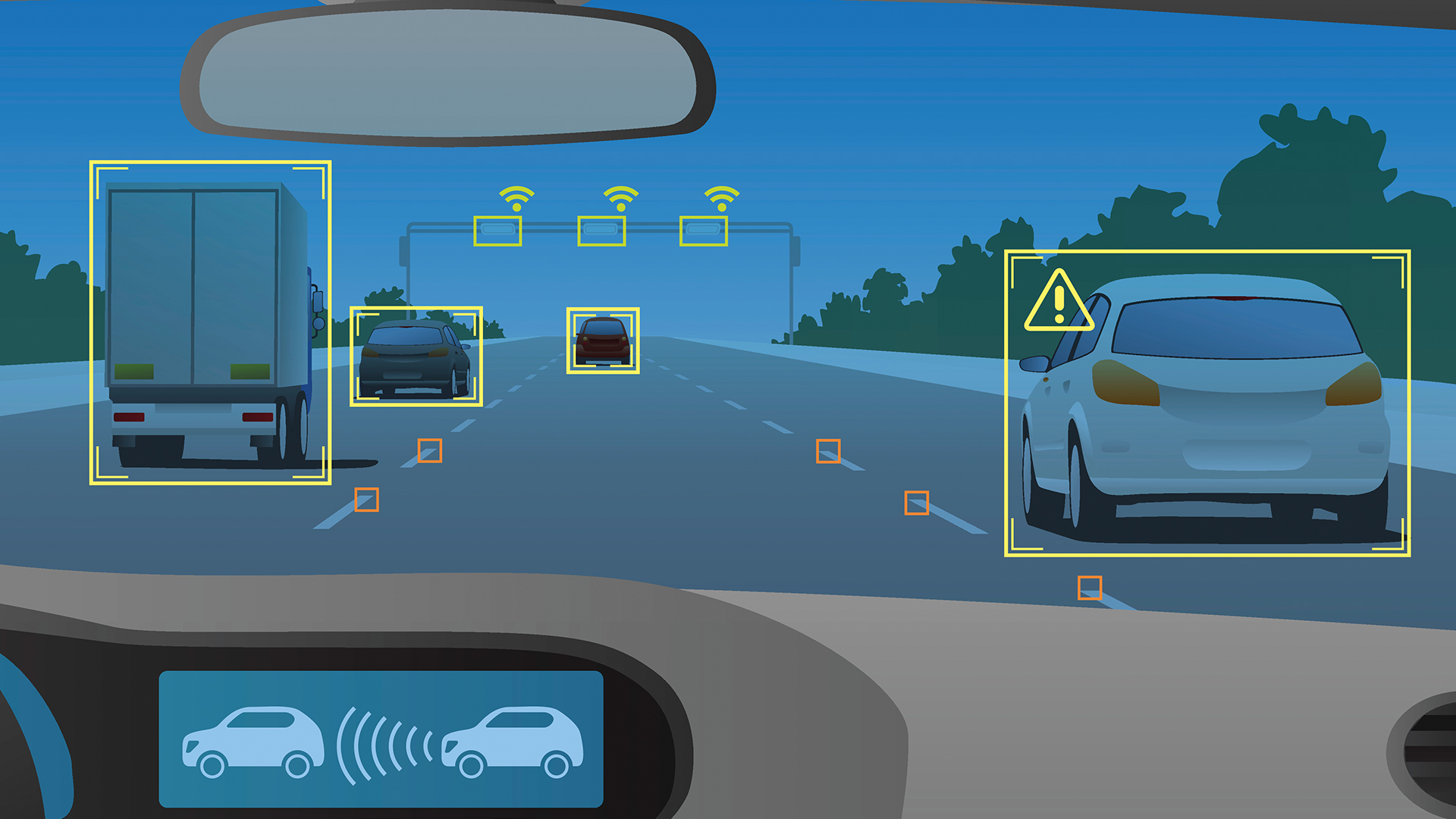

If you’ve done any reading at all about autonomous cars, the different levels of autonomy have probably been mentioned at some point. For instance, Audi’s claims that the new A8 has achieved Level 3 autonomy, or The Drive‘s Alex Roy calling out other publications that get the levels of autonomy wrong. But what, exactly, are these levels of autonomy? And why is it such a big deal that we do not refer to Level 4 autonomy features as if they were Level 3?
The levels of autonomy are a progression of self-driving features that engineering experts SAE International have outlined. These levels range from no self-driving features at all through fully-autonomous driving. They are as follows:
- Level 0: No automation. This includes cars equipped with regular cruise control. The ability to maintain a speed that the driver sets is not autonomous. It’s still up to the drive to change speed if the car catches up to a slow-moving Prius hogging the left lane.
- Level 1: Driver assistance required. Adaptive cruise control falls into this category. When you catch up to that left lane hog, the car will automatically slow down to match its speed with no intervention from you. Lane keeping assistance falls into this category as well, as the car will gently guide you back into your lane as you start to cross the line. At Level 1 the driver still needs to maintain full situational awareness and control of the vehicle.
- Level 2: Partial automation options available. Tesla Autopilot, Volvo Pilot Assist, Mercedes-Benz Drive Pilot, Cadillac Super Cruise—these are all Level 2 systems. They will manage both your speed and your steering under certain conditions, such as highway driving. They will match your speed to the speed of traffic ahead of you and follow the curves in the road in ideal conditions. But the driver must still pay attention to driving conditions at all times and take over immediately if the conditions exceed the system’s limitations, of which there are many. Don’t buy the hype that these are fully self-driving cars. They can only drive themselves at certain times under certain conditions.
- Level 3: Conditional Automation. Audi claims that the new A8 is the first production car to achieve Level 3 autonomy—not Level 4 as Motor Trend claims, or as earlier Audi marketing inaccurately implied. The car, rather than the driver, takes over actively monitoring the environment when the system is engaged. The Audi AI traffic jam pilot can take over the tedious job of creeping through highway traffic jams at speeds below 37 MPH. However, human drivers must be prepared to respond to a “request to intervene,” as SAE International calls it. In other words, once the conditions under which Level 3 autonomous driving is possible no longer exist, such as traffic clearing and speeds exceeding 37 miles per hour, the driver is required to take over. This is arguably the stickiest level of autonomy, since drivers will be called on to take over when they haven’t been paying attention to the road for a while. This is also the difference between Level 3 and 4 that Motor Trend failed to grasp.
- Level 4: High automation. Self-driving cars will be able to handle most “dynamic driving tasks,” to use SAE International’s terminology. In other words, a Level 4 car can handle most normal driving tasks on its own, but will still require driver intervention from time to time, during poor weather conditions, for example, or other unusual environments. Level 4 cars will generally do the driving for you, but will still have a steering wheel and pedals for a human driver to take over when needed.
- Level 5: Full automation. Humans are nothing but cargo that tell the car where to take them. The car can drive itself anytime, anywhere, under any conditions. Any human intervention in the driving at all is not Level 5.
It’s important to note that today, right now, the highest level of autonomy available to us is Level 3—not full autonomy, or even high autonomy, no matter what marketing materials or other automotive publications say. No autonomous car currently exists that can be trusted with the full autonomy of dynamic driving tasks. Audi AI can take over sometimes, under certain conditions, but even Audi AI requires the driver to take over once the system’s limitations are exceeded. Audi has correctly dialed back its earlier claims that “The driver no longer needs to monitor the car permanently.” Even the press release we criticized last July no longer contains this misleading statement.
Even the most famous fictional autonomous car of all time, KITT from Knight Rider, only achieved Level 4 autonomy. KITT had amazing driving capabilities, far beyond what most human drivers are capable of. But in the interest of good TV, even KITT had limitations that required Michael Knight to take the wheel on occasion. Any modern car claiming Level 4 or 5 autonomy is just as fictional as KITT himself.